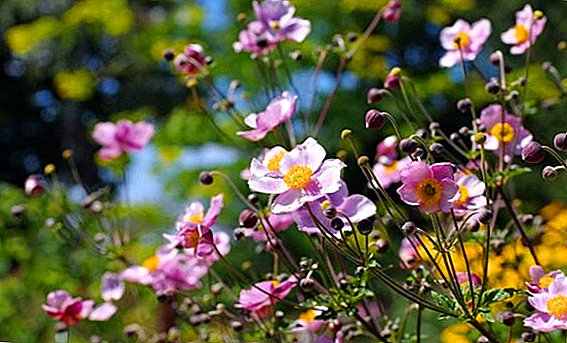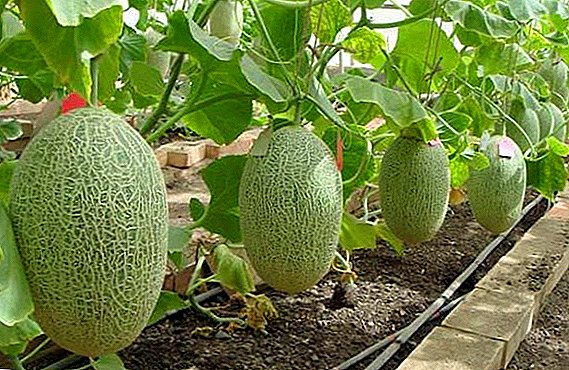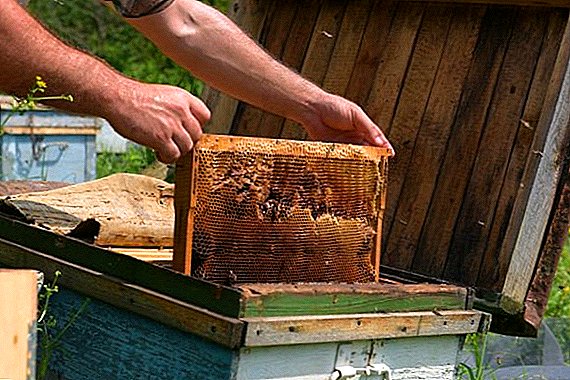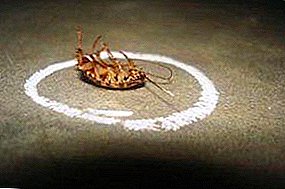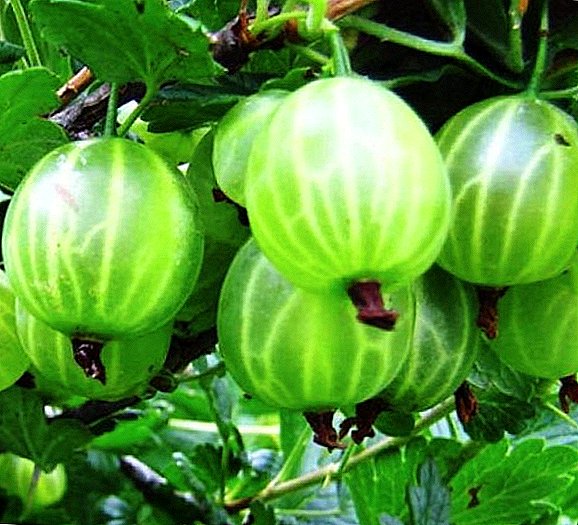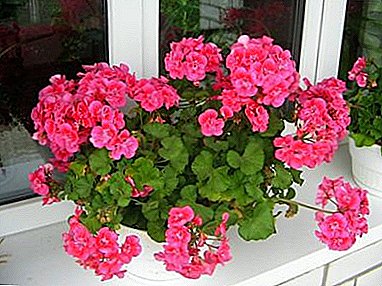
Geranium is an unpretentious and not capricious flower. And she tolerates transplant quite well, but, like for most plants, it is stressful for her.
During flowering, the situation is aggravated, it becomes much more difficult to cope with the changes. Indeed, during this period the plant needs more strength to form and nourish the flowers. Transplantation during flowering should be carried out only in extreme cases.
Features
Before flowering, each plant accumulates the strength to carry out this process.. During this period, geranium is stored nutrients and strengthens the root system.
The entire flowering period can be divided into several stages. At the first stage, the budding takes place. Just inside them are formed reproductive organs of geraniums. The second stage is the appearance of a flower. At the third stage, pollination and the formation of fruit with seeds. A feature of geranium can be considered almost year-round flowering. In winter, the plant is at rest.
Can I transplant during flowering?
 You can replant geraniums at any time of the year.. But it is worth considering some features of the transplant:
You can replant geraniums at any time of the year.. But it is worth considering some features of the transplant:
- During the period of active flowering, as mentioned above, the plant spends a lot of effort on the formation of flowers.
- At this time there is an active sap flow. Therefore, in this stressful period, a geranium transplant can bring to a long recovery period and dropping flowers.
Is it possible after purchase?
It is not recommended to replant blooming geranium immediately after purchase.. It is desirable for the plant to provide complete rest. It takes quite a bit of time for geranium to adapt to new conditions. At this time, you need to carefully monitor the temperature and humidity of the air in the room, ensure regular watering and try not to disturb the plant for some time.
In most cases, if these conditions are not observed, the flowers recently bought in a store may die immediately after the end of flowering. After all, before appearing in the house, geranium got a lot of stress. This is a transfer in the nursery, transportation, stay in intermediate points on the way to the destination, accommodation in the store.
When is it required if the plant blooms?
There are several reasons for transplanting a flowering plant:
- In the pot there is practically no soil left from the growth of the roots. The solution will be the usual handling.
- The plant is flooded with water. What could threaten the life of geraniums.
- The flower grows poorly, looks weak, despite the flowering, has few leaves.
- Geranium fell ill. Pest prone ground.
Important! A new pot for transplanting should be chosen only a couple of centimeters more than the old pot. Geranium will begin to bloom only after the root system fills the entire space.
How to make a transplant?
The transplant algorithm is pretty simple.:
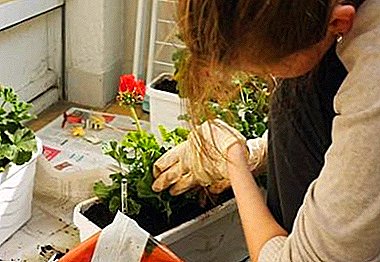 It is imperative that you have a good shed plant before the operation. It is desirable that it stays in wet ground for several hours. It is possible to spill in the evening, and in the morning to start a transplant.
It is imperative that you have a good shed plant before the operation. It is desirable that it stays in wet ground for several hours. It is possible to spill in the evening, and in the morning to start a transplant.- It is necessary to disinfect the pot in which the geranium will be transplanted. It is quite enough processing chlorine-containing solution.
- The pot is better to choose with drainage holes. If not, then the holes will have to cut yourself.
- At the bottom of the pot to lay out the drainage. You can use vermiculite, foam, brick chips, fragments of clay pots and more. The drainage layer should be about 3 cm high.
- Geranium should be carefully removed from the pot. It is possible to loosen a little earth at the edges of the pot with a spatula or spoon so that the earthy lump can leave it easier. It is advisable not to pull the stem.
- Carefully inspect the root system for rot or damage. When detecting unhealthy roots, be sure to cut them with scissors or a sharp knife.
- Geranium put in a new pot, add the missing amount of land.
The soil mixture must be properly selected. Suitable store land intended for begonias. Or the soil can be prepared by yourself. To do this, mix 1 part of sand, 2 parts of humus and 2 parts of sod land.
The soil mixture, prepared by yourself, must be disinfected. You can shed it with a solution of potassium permanganate or steamed in an oven for about 30 minutes.
- Water the plant and place in a dark place for several days.
- About a week later, you can put geranium for permanent residence.
Care
- Fertilizers.
The first dressing is desirable to introduce 2 weeks after transplantation.
- The room.
Geranium does not tolerate drafts, so drafts should be avoided. It is not recommended to put the plant on a cold window sill.
 Watering.
Watering.The soil should not dry out and overflow. The right thing to water through the pan. Water should be at room temperature so that the roots do not rot.
- Temperature.
A normal room temperature of 18 to 25 degrees will do. It is advisable to avoid temperature drops.
- Humidity.
Do not put a pot of geraniums in a dry room or near a radiator.
If something went wrong
It is possible that after transplantation the plant will start to wither, its leaves will begin to fall off. These are all the consequences of stress. We need to be patient and wait a bit, perhaps very soon the geranium will come to its senses and re-gain strength. If the plant gets worse, it languishes and dies, then there is a high probability of infection by pests and diseases.
Geranium transplantation is not a difficult task., even the most inexperienced gardener can handle it. It is worth taking care of further care to help the plant cope with great stress.


 It is imperative that you have a good shed plant before the operation. It is desirable that it stays in wet ground for several hours. It is possible to spill in the evening, and in the morning to start a transplant.
It is imperative that you have a good shed plant before the operation. It is desirable that it stays in wet ground for several hours. It is possible to spill in the evening, and in the morning to start a transplant. Watering.
Watering.